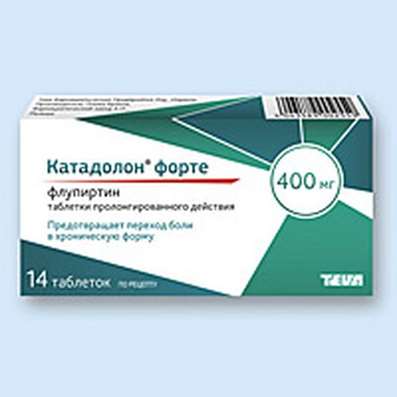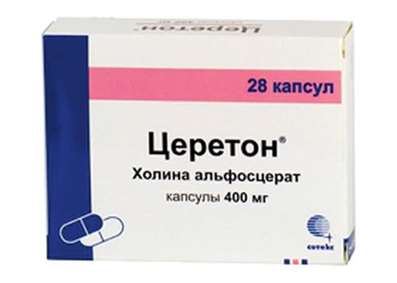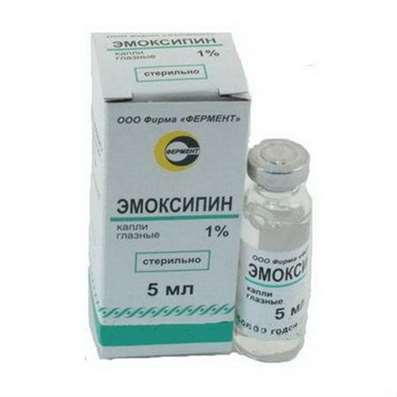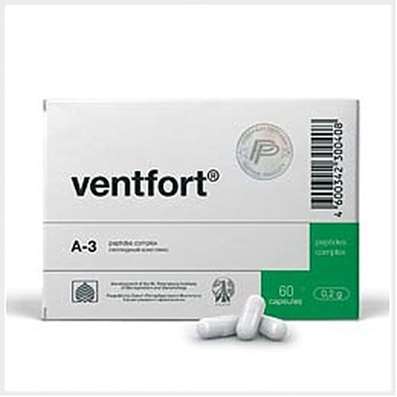Genes and stem cells - Methods for obtaining pluripotent cells
05 Nov 2016
The biologist Dr. Doping tells about growing pluripotent cells, the genetic reprogramming and "magic cocktail Yamanaka".The pluripotent cells differ from multipotent? What is the pluripotent stem cells are in clinical medicine? What is a "magic cocktail Yamanaka"?
Intensive development of biological sciences has led in recent years to new technologies to be the basis of medicine of the XXI century. Primarily these include gene and cell technologies, which are now almost inseparable. Introduction of genes working in cell causes it to change its function, for example to stimulate the immune system. Based on this principle, cancer vaccines are developed today. With the help of genes can change the fate of cells and transfer it to an embryonic state, when it becomes the property of pluripotency is the ability to once again create a whole organism. This simple technology makes it possible to obtain for each individual stem cells. However, not always we can accurately replicate conditions specialized stem cells that exist in the body, along with a significant influence on the genetics of the final function of the cells begins to exert epigenetics. It turns out that a lot more remains unexplored, but it does not interfere with the careful use of gene and cell therapy in a clinical trial of a sufficiently large range of diseases.
The human body, the whole body is composed of a large number of cells - 1014 cells, a decent amount, a half quadrillion. And all this variety and the number of cells derived from a single cell, which occurs after fertilization. It is this cell began to divide, giving rise to a variety of tissues - and we have a lot of variety of fabrics, more than 200 types - and that the colossal amount of 1014 cells. The cells multiplied, becoming more and more diverse. It is clear that in this one cell had to be laid all the potential of this development that, firstly, it can many times to share, double - not so much in fact, if you count, you get 55-60. On the other hand, this passing division, to give a variety of tissue to our eyes, hair, skin, blood and so on.
These potency that it has been great. If we speak the language of science, the word "large" in Latin may be a "multi" and "pluri", for example, and set-top box can be - multipotent, pluripotent. These set-top boxes, multi and pluri though seem similar but linguistically different meaning. Multi - is mostly in the number and pluri - a lot for a variety of forms. The potency and the cells that exist originally in the formation of the body, scientists have received the name of pluripotent, of which there is a wide variety of tissues. Further, in order to construct the fabric, that is to quantify our organism that has a big hand, big foot, and so forth, the cells have already become multipotent, that is, to a large number of cells.
To remember more and improve mental ability use Cortexin, Cogitum, Phenylpiracetam and Semax.
Because iPS cells are everything. In fact, it is very entertaining cells. If we learn to manage this pluripotency, do all of them, we are for each person will be able to create additional tissue, which he has - let's skin, blood that need.
The pluripotent nature of the cells exist at the time of development of the individual, but there is a very short period of time. In humans, these cells exist at the embryonic development stage called blastocyst, and there are twelve hours. They then begin to specialize - before they are not pluripotent, and then they lose pluripotency has become multipotent, and development of the organism occurs.
It was found that these cells can be at this stage, at the blastocyst stage, withdraw (the first was a mouse, of course, not a person), put in a culture dish and continue to raise them. They will grow outside the body, and you can learn to keep them in such a state that they retain all of their properties. What does "retain their properties?" This means that if porasti on the plate for a while, even something to do with them as possible, any genetic manipulation, and then enter back into the cavity of the blastocyst, from which they were taken, and the blastocyst plant female - embryo develops, continue the whole process - then it will be born a normal mouse.
After we worked with pluripotent cells in culture, they nevertheless retained the properties of pluripotency - give the body tissues and organs.
On the other hand, we can work with them in the laboratory. And, moreover, we can carry out a variety of genetic modifications. For carrying out genetic modifications and receiving the Nobel Prize in 2007 was awarded on the basis of mouse pluripotent stem cells after this animal. Briton and two Americans were awarded the Nobel Prize for pluripotent stem cells, and for the fact that they carried with them a certain manipulation.
This mouse. It is also possible to obtain pluripotent cells to man. To do this, of course, do not have to do anything special. All probably familiar with the technology that has been used for more than 30 years in clinical medicine - is in vitro fertilization, "test tube children". As a result of the application of this technology produced embryos at the blastocyst stage, from which one or two are going to plant to women and children get the rest or go to the store, if you agree to pay for their storage, or, in general, are released.
From thrown or those that are not suitable for implantation in quality, too, can get pluripotent human stem cells, giving, in fact, these embryos destined for the garbage, a second life. But a second life outside the body, in the hands of scientists, and in order to be able to use them for clinical purposes.
Why are they so valuable to scientists and clinical medicine? Not only because of them you can get a whole mouse with some distant genes. The first mouse embryonic stem cells were obtained in 1981, and human embryonic stem cells were obtained in 1998, and during that time people learned to produce pluripotent stem cells from a huge variety of specialized cells of tissues outside the body. Not in the mouse and in the laboratory. What does it mean? This means that we can use these cells to, for example, grown in the laboratory blood, liver, skin, eyes, quite a large number of tissues and cell specialties, which can come in handy.
Of course, there is always a problem that we face in transplantation: can we grow them, and whether they will be compatible with the body, which they need? Indeed, such a problem is because those lines of pluripotent stem cells, which we received as a result of their removal from the blastocyst, of course, have to be matched to the recipient. It takes time, but it is real.
As considered by Japanese scientists, British scientists - slightly different figures for different populations, so I focus on that note - Japanese Immunofenotipichesky population is fairly homogeneous, ie tissue compatibility in the Japanese population will be higher. So it is necessary only 50 lines of pluripotent stem cells prepared for the Japanese population, so that they are compatible with the 70% of the Japanese population. In general, a very small number of countable. But still there are difficulties. The progress of humanity is moving. Why destroy an embryo? Let us not destroy - this is the first. The second - of course, I want to do to pluripotent stem cells, through which we can get the right fabric, we were the most compatible with the person.
How to do it? To this end, the two technologies have been developed, for which in 2012 was awarded the Nobel Prize. The first technology - is the transfer of a somatic cell nucleus into an enucleated oocyte - a long name, but do not fear him, all journalists, all people knows the term "cloning".
And the second - a Japanese scientist received his part of the Nobel Prize because he is using genes only four genes, learned to get pluripotent stem cells from any adult living cells of organisms. This is the most wonderful discovery because, compared with cloning, it is technologically much easier. No need for the transfer of the nucleus, the egg is not necessary - again, there are some ethical problems in the case of cloning.
The use of genes or genetic reprogramming, for which the Japanese scientist Shinya Yamanaka received his part of the Nobel Prize, of course, like a kind of magic. That is why these four genes were called "magic cocktail Yamanaka."
These four genes can be introduced into any cell in the adult organism. For example, take the skin cells in the laboratory to introduce these genes into them, and - lo and behold! - After a while, a month and a half, they turn into cells that will be exactly the same with cells that we have isolated from blastocysts, ie from the first pluripotent stem cells, about which we have spoken, which are also called embryonic stem. These cells are called induced pluripotent stem cells. That is, they were once somatic (soma - a body of our body), but through the introduction of genetic factors to reprogramming occurred, the program change: adult they returned to the embryonic state, and acquired property of pluripotency. At the same time, if we take the mouse induced pluripotent stem cells, that is made from the skin using a gene, we can enter back into the cavity of the blastocyst, the blastocyst implanted mouse, plant, and from the pups are born.
That is, if we take a piece of mouse tail skin, add four genes we introduce into a blastocyst, to plant the mouse, the mouse will be born from the tail of the mouse.
This is quite a remarkable discovery. It is remarkable not only in terms of obtaining the mice, it is also important for medical purposes. This means that today we can for everyone to get pluripotent stem cells from these pluripotent stem cells to do for that person personal tissue or cell preparations, for example, to use them for purposes of regenerative medicine or to study certain diseases, which today can not be studied, such as neurodegenerative diseases. We can not get in people suffering from neurons. However, we can take a piece of leather, reprogrammed to a pluripotent state, to receive on these neurons and neurons play disease phenotype, which flows in the individual. But we can not reach neurons. That is, we have a "second person" in the laboratory for the study, using technology and reprogramming pluripotent stem cells.

 Cart
Cart





